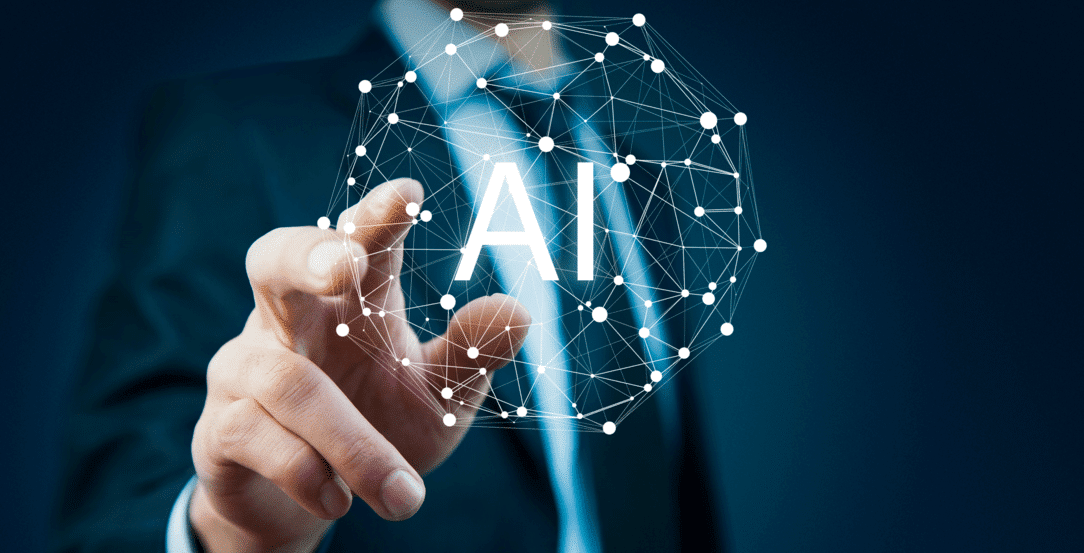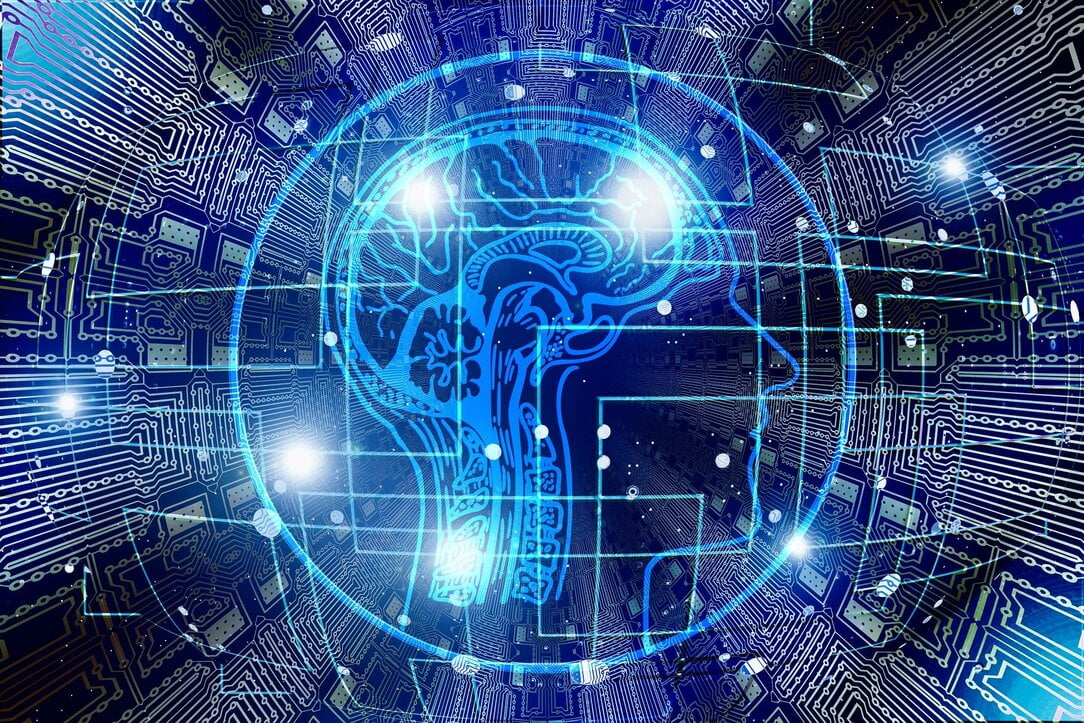In today’s corporate environment, the role of artificial intelligence in learning and development is becoming increasingly crucial. For organizations that want to maintain a competitive advantage and support continuous development, implementing AI in learning strategies is essential. Therefore, it is worth examining how artificial intelligence (AI) revolutionizes training and skills development by offering tailored and efficient educational solutions. In this article, I will briefly discuss interesting artificial intelligence applications you can use in your organization.
In this article:
- The Biggest Challenges In Implementing Artificial Intelligence In Learning and Development
- Example Applications Of Artificial Intelligence In Learning And Development
- What to Consider Before Integrating Artificial Intelligence In Learning and Development
- The Future of Artificial Intelligence In Learning and Development
The Biggest Challenges In Implementing AI in L&D
Implementing AI innovations into training has many challenges, but they’re easier to overcome if you implement the right solutions and practices.
Managing Large Data Volumes
Integrating and managing large data volumes is a key challenge in implementing AI in learning and development. Artificial intelligence in learning and development requires substantial data to function effectively, posing a challenge for organizations with dispersed and diverse data. Adopting a professional Learning Management System (LMS) for large enterprises can help. These LMS platforms can centralize data storage and processing, simplifying data management and making it more accessible for AI applications. An AI call center, for example, can automate tasks like data entry and analysis, freeing up L&D professionals to focus on more strategic initiatives.
Data security and privacy
The key challenge is data security and privacy. As AI systems process employee data, every company must establish security protocols and ensure compliance with data protection regulations. This includes encrypting data, implementing access controls, and auditing AI systems to protect against breaches.
Employee Concerns About AI
Overcoming employee resistance to AI tools is crucial, especially as global employee enthusiasm for AI for training is still ahead. The “Global Sentiment In L&D” survey from September/October 2023 revealed that nearly half of the respondents hadn’t started using AI then [1]. Of those interested in Artificial Intelligence, only 55% of employers were actively utilizing AI, with others either inactive or just exploring options. Among non-employers like freelancers and vendors, 65% used AI in some form, while 35% explored its potential.
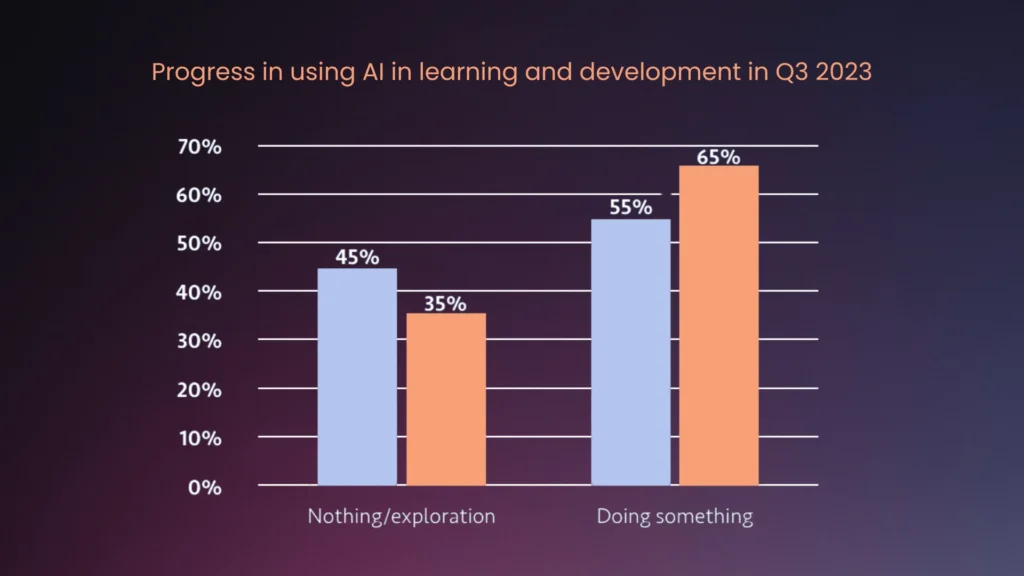
To overcome this, companies should implement a change management strategy that communicates the benefits of AI in training. Emphasizing Learning Management Systems (LMS) features like automated training, interactive materials, e-learning, personalized paths, and instant feedback can aid employee acceptance.
Remember, demonstrating how AI improves online learning with interactive webinars, immersive environments (check the possibilities of VR and AR in learning & development), and custom content and educating staff about AI’s efficiency and convenience in accessing courses and content can further reduce resistance.
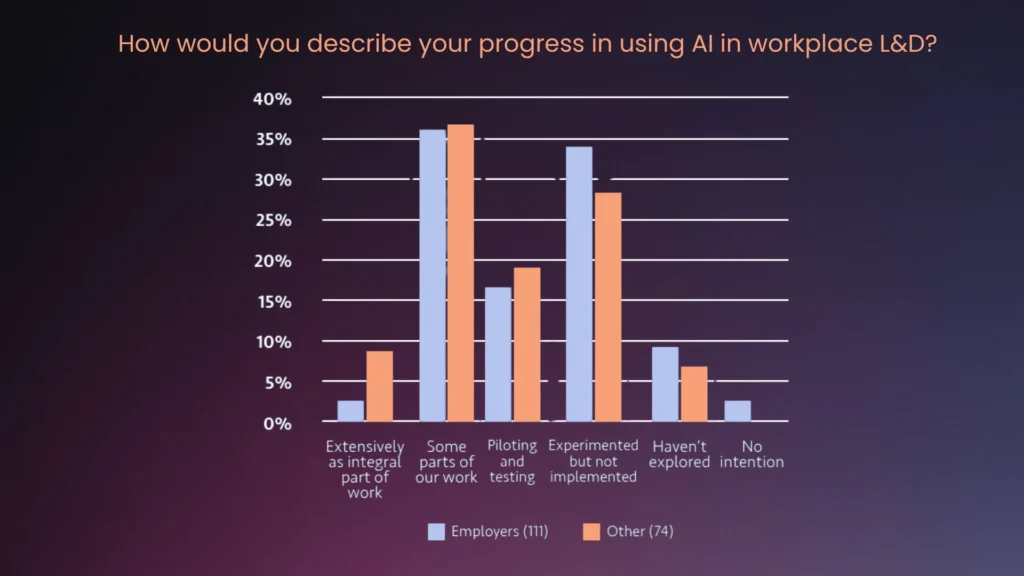
Overcoming AI Skill Gaps
A significant hurdle for many organizations is the lack of AI-trained IT staff. This skill gap in expertise makes it difficult for companies to develop and maintain sophisticated solutions of AI for training. Engaging AI offshoring services is a practical solution, providing access to external experts. This outsourcing strategy allows companies to leverage skilled AI professionals without extensive internal training, accelerating the adoption of artificial intelligence in learning and development.
Streamlining AI Integration
Integrating AI into existing learning and development infrastructures requires more than technical know-how. It demands a deep understanding of the organization’s specific learning requirements. Centralizing training with a professional LMS for large enterprises can effectively address this need. These platforms are specifically designed for straightforward AI integration, offering a cohesive and adaptable solution that enhances the learning experience.

Example Applications Of Artificial Intelligence In Learning And Development
We live in interesting times, when innovative trends are changing corporate training. What is key to this progress? Primarily AI-based adaptive learning, but also a student-centric approach. In addition, large enterprises are increasingly using modern learning management systems (LMS), which use AI to create personalized courses and automate some of the tasks previously performed manually.
Adaptive Learning
Adaptive learning, an essential aspect of artificial intelligence in training, is used to tailor learning experiences based on individual performance and preferences. This approach ensures that training materials are not one-size-fits-all but dynamically adapted to provide challenge and appropriate support for each learner. AI for training systems adapt in real-time by constantly analyzing students’ responses and progress, offering a truly personalized learning path.
Student-Centered Learning in AI
Incorporating artificial intelligence in learning and development also emphasizes student-centered learning. This methodology puts the learner at the center of the training process, recognizing and respecting their unique learning styles and needs. AI facilitates this by providing insight into each student’s level of engagement and understanding gaps and preferences, thus enabling more responsive and effective teaching.
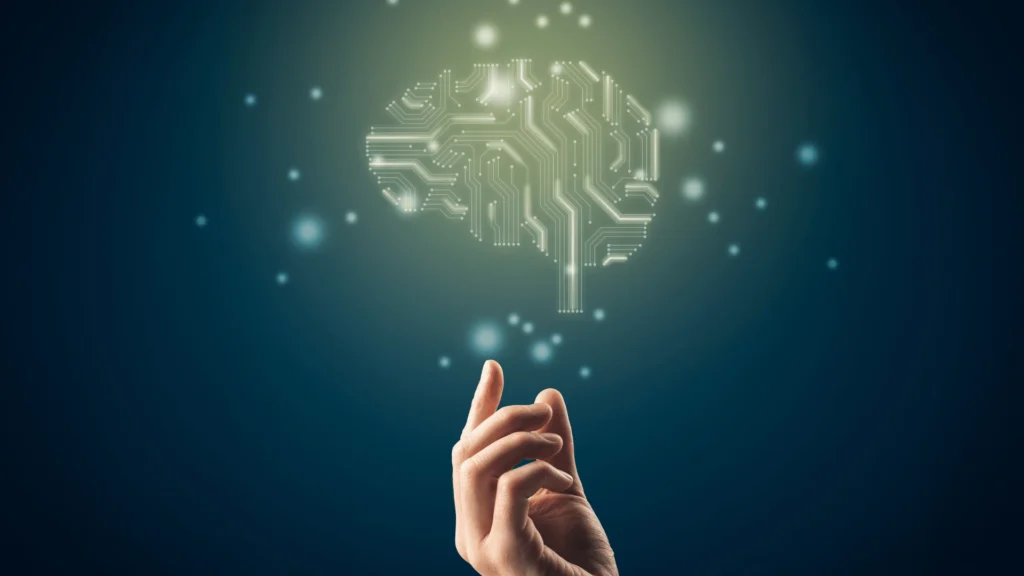
Modern LMS Platforms
Modern LMS platforms are increasingly using artificial intelligence to revolutionize the way courses and development paths are designed. These platforms use AI to analyze vast amounts of data on student behavior and performance, helping teachers and trainers design courses that not only inform, but also engage and address each student’s career path and goals. This alignment includes the development of individual learning pathways so that employees can focus on the areas most relevant to their role and career aspirations.
Intelligent Tutoring Systems
Intelligent Tutoring Systems (ITS) are examples of AI models in employee training and development. Originally developed to replicate expert problem-solving in areas such as mathematics, ITS have evolved to offer more comprehensive training solutions. These systems provide step-by-step feedback on an employee’s problem-solving process, rather than just indicating right or wrong answers. This adaptivity, which can be efficiently scaled, represents a significant advancement in applying AI to employee education.
Scalable Learning Solutions
Artificial intelligence can revolutionize how companies approach training for a growing workforce, particularly in customizing training for diverse roles. AI for training and development can scale up or down based on the size of the workforce, ensuring that every employee, regardless of their role, receives training that is tailored to their specific needs. This adaptability makes AI an invaluable tool in organizations with a wide range of job functions and varying levels of expertise, as it can efficiently provide personalized learning experiences at scale.
AI Gamification
Furthermore, AI is enhancing engagement in learning through interactive platforms and the integration of gamification. These AI-driven platforms engage learners by making training more interactive and enjoyable, using techniques like scenario-based learning, simulations, and real-time feedback.
Using gamification elements, such as points, badges, and leaderboards, adds a competitive and fun aspect to learning, increasing motivation and employee retention rates. This combination of interactivity and gamification in AI-powered learning platforms makes the learning process more engaging and significantly improves the overall effectiveness of training programs.
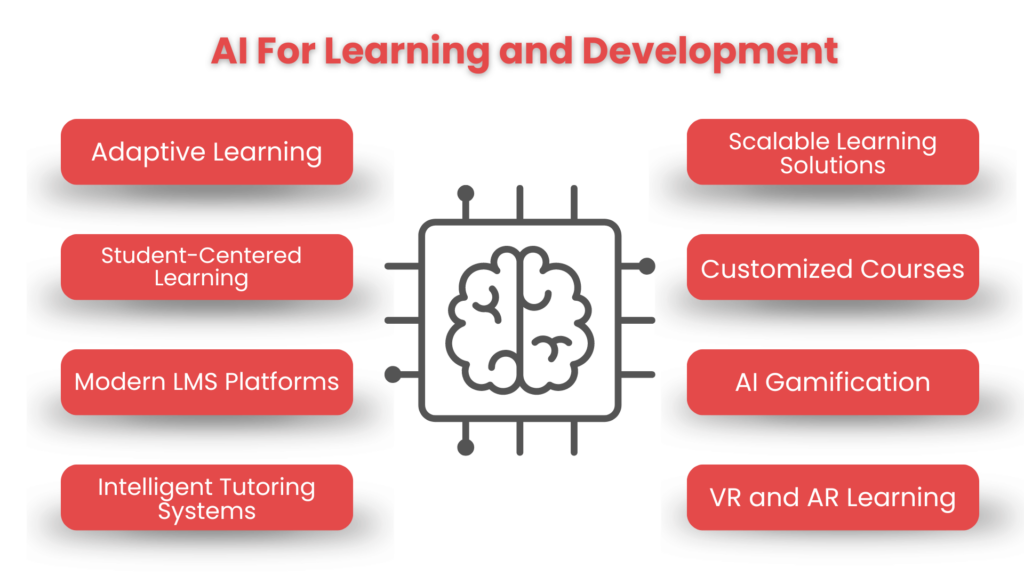
Artificial Intelligence in Learning And Development: What to Consider Before Integrating AI?
Consider some key factors before integrating artificial intelligence in learning and development. If you do that, enterprises can effectively incorporate AI into their learning and development processes, resulting in a more efficient, engaging, and tailored employee training experience:
- Consider its role in boosting competitiveness through tailored learning solutions.
- Address data management by organizing and making data accessible.
- Ensure data security and privacy with robust protocols and compliance with regulations.
- Overcome employee resistance by highlighting AI’s benefits, such as efficiency and personalized learning.
- Bridge AI talent gaps with offshoring services and academic partnerships.
- Take advantage of AI in LMS platforms for effective AI training and development integration, offering adaptive learning and analytics features.
- Explore AI-driven learning methods such as gamification and interactive webinars to enhance engagement.
- Provide scalable AI solutions for diverse workforce training, and continuously monitor and update AI systems for optimal learning experiences.
The Future of Artificial Intelligence In Learning and Development
The learning and development landscape is poised for transformative changes with the continued integration of AI. Upcoming trends indicate a shift towards more AI-driven environments, where continuous learning and global workforce collaboration are central themes.

Continuous Learning with AI
In the future, AI will play a pivotal role in promoting lifelong learning models. These models focus on continuous knowledge and skills development, which is crucial in an ever-evolving job market. AI’s ability to offer personalized learning paths will be instrumental in individual career development, aligning learning objectives with career progression needs.
AI and the Global Workforce
Artificial intelligence in learning and development will also significantly impact the global workforce, bridging geographical and cultural gaps. Advanced tools of AI for training will facilitate global collaboration, enabling teams worldwide to work together more effectively. This will enhance cultural understanding and bring diverse perspectives to the learning process, enriching it further.
[1] https://donaldhtaylor.co.uk/wp-content/uploads/2023/11/GSSFocus01v06b-AI-in-LD-Taylor-Vinauskaite.pdf




